 8
8
Three Easy Steps To Save This Lesson As A Pdf:
-Make sure you are logged in.
-Click on the small triangle next to the tool wheel in the upper right hand corner of the page (you'll find it above the Like button).
-Select the pdf. option. Wait a few minutes. It's a large file due to the number of images.
-Your file should appear with the title of the lesson.
Urban Desires by Michele Sanandajian - Detail
When it comes to drawing in the viewer, texture can take a quilt from good to
great. As quilters, we are taught that the more variety we include, when it comes to fabric, the more interesting a piece can be. But don't just let the fabric do all of the work, add other forms of interest in your work to make a much bigger impact. Take the example of
Urban Desires by
Michele Sanandajian (
Show 2109: Inventive Products & Binding Unusually Shaped Quilts). As your eyes moves around the piece, notice how all of the different elements, smooth (leather), shiny (metal ring), rough (threadwork), soft (yarn bits) and lumpy (textured leather), work to tell a story while at the same time play well together as a whole.
(Images, Jane Sassaman blog)
Mary Elizabeth Kinch (Show 1502: Small Pieces, Big Impact) shares how, with even small pieces of fabric, one can create visual impact and movement in quilts.
Texture
by Mary Elizabeth Kinch
Texture is the physical quality of a surface or a substance that we experience through our sense of touch. A strong element of design, texture adds depth and visual variety. It draws the viewer in, engaging them with the work and creating an emotional response. Everything has texture!
There are two types of texture in design: tactile and visual or implied.
Tactile Texture is the actual real physical quality of the surface that can be felt and appreciated, like the smoothness of satin or the roughness of sandpaper. Tactile texture is created with materials, processes and techniques, and how these are used together.

John Singer Sargent, 1894-1895, Ada Rehan. Collection of the Metropolitan Museum of Art, Accession Number: 40.146
Visual or Implied Texture is a realistic illusion that is representative of, or imitates, texture. It is the perception of texture and is as powerful sensorily as tactile texture. Even though we cannot touch it, we experience a mental response as if we could feel what we see. John Singer Sargent expertly creates visual texture through the use of value, clearly depicting not only the luscious folds of the gown but the smoothness and weight of the silk satin used in the dress.
Creating visual texture and a sense of depth and contour, is achieved through a combination of different elements such as value, line and the principle of repetition.
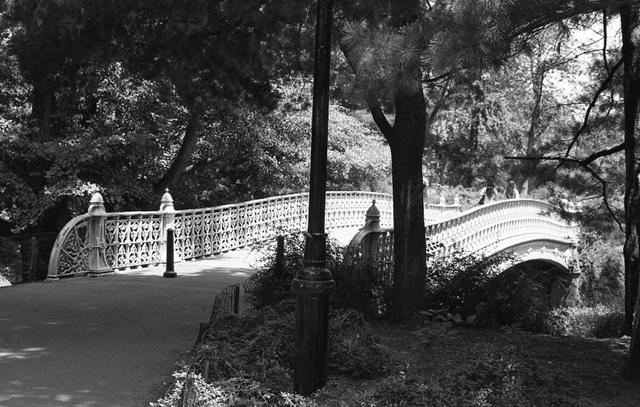
This photo is a great example of perceived visual texture through the use of value, line and repetition. The rhythmic texture of the railings on the bridge is created through repetition and line. Value (and a bit of repetition) creates the soft texture of the leaves. And line and value do the work of creating spiky texture of the pine needles in the upper foreground.
(Photo by Ian Kinch, Bow Bridge, Central Park, 2016 https://www.instagram.com/i.w.kinch/)

Trompe L’oeil, a form of visual texture, is a design technique that is all about tricking our eye into seeing a 2D object as 3D. Here Mr. Lachaise and Mr. Gourdet have created a lovely example of trompe l’oeil. My eye is definitely tricked!
Quilts are naturally tactile through the use of various materials and techniques such as the quilting stitch, trapunto, decorative stitches or embellishments. Quilts made with many small pieces, are immensely tactile because of the sheer number of tiny morsels of fabric and the seams that join them.
Jules-Edmond-Charles Lachaise and Eugnene-Pierre Gourdet, Design for a ceiling with trompe l’oeil balustrade, second half 19th century. Collection of the Metropolitan Museum of Art, Accession Number 67.827.499
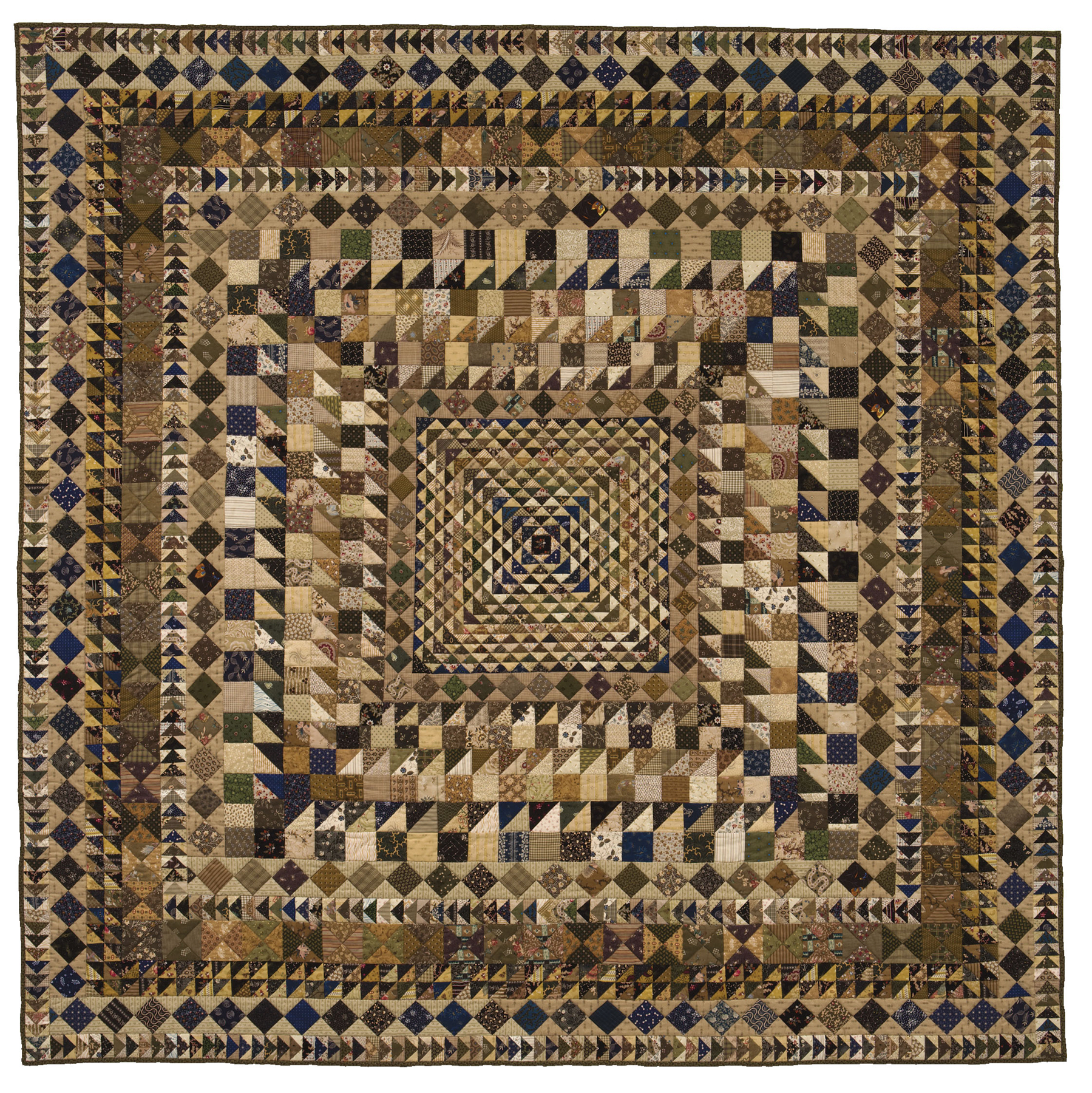
In quilts visual texture is created using the same concepts of value, line and repetition. Leap of Faith employs all three to generate visual texture.
Thoughtful value placement and careful positioning of color create the trompe l’oeil effect, in the centre of the quilt creating the impression of a 3D form. The contrast of light and dark, the dark points of the HSTs facing towards the centre, and the four darker inner rounds create dynamic visual texture and the illusion of depth. The next “frame” of dark squares on point on a medium background anchor the sense of movement and depth of the inner composition. Further out, the combination of values used in the round of “Broken Dishes” and two rows of HSTs contrast with the values used in the rest of the quilt, creating another “frame” and reinforcing the illusion of depth in the centre of the quilt.
Leap of Faith by Mary Elizabeth Kinch 2007.
Here is the same quilt in black and white. Removing the element of colour sometimes the effect of value is more obvious. More texture is created with the lines in the block construction and by repeating the same block in each round. The outer rounds of “Flying Geese” purposefully having the geese “flying” in opposite directions adds some positive tension to the texture through movement.
This quilt’s small scale piecing created an opportunity for generous combinations of printed fabric designs to create visual texture. Printed fabrics offer great diversity when we think of them not just for their colour but also look at them in terms of scale of the print, style of the printed pattern and the density of the print.
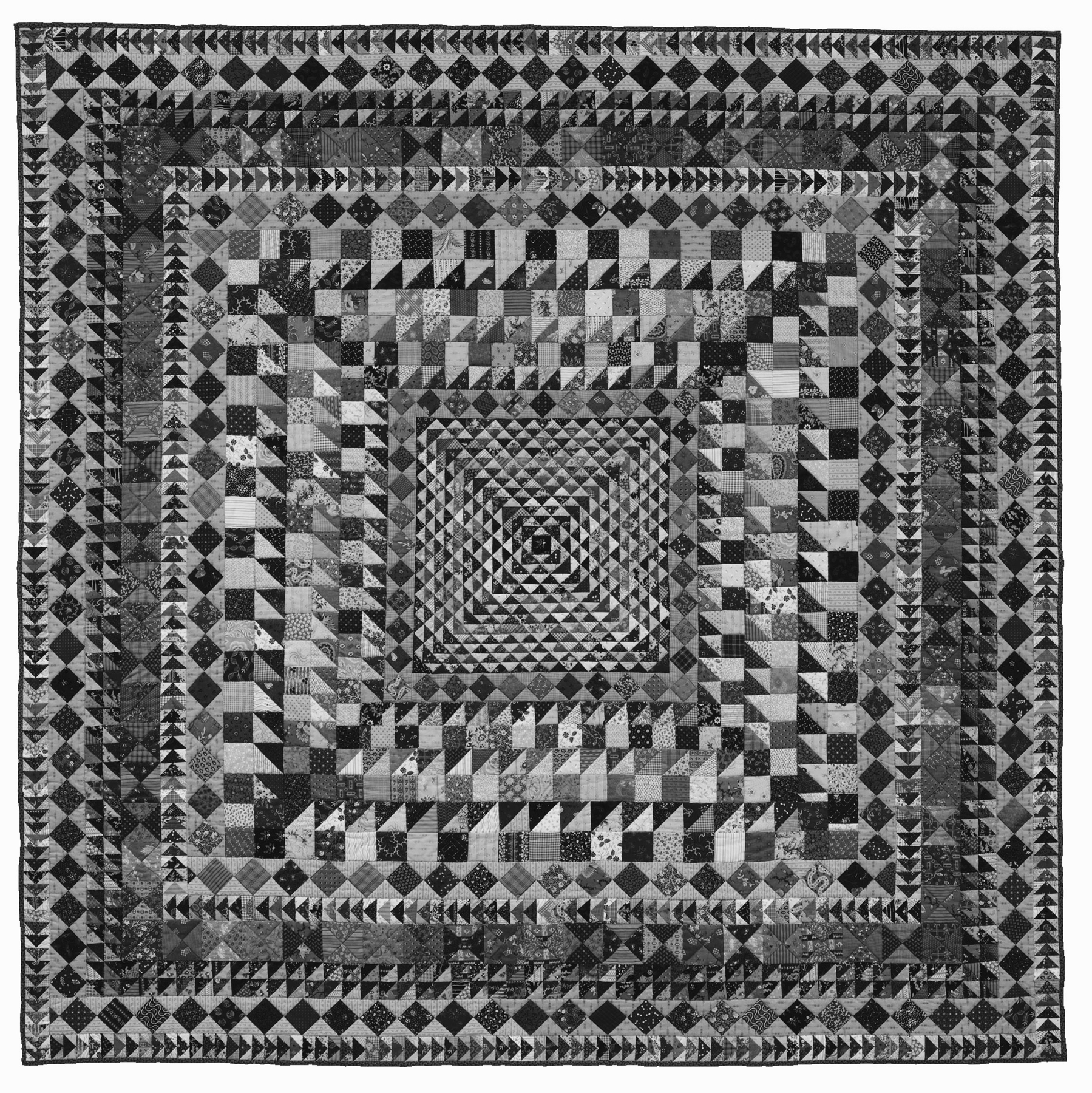

In this close-up you can see how a variety of prints helps create visual texture. Consider print characteristics like large and small scale florals, stripes (both straight lined and patterned), dots, plaids, bold graphic motifs and subtle low volume prints. The possibilities are endless!
Using line, value and repetition together you too can create exciting visual texture in your quilts.
Practice Exercise: Finding Texture in a Quilt
Find a number of ways texture has been used in these two very different quilts.
Hint: Not all of the fabrics are cotton.
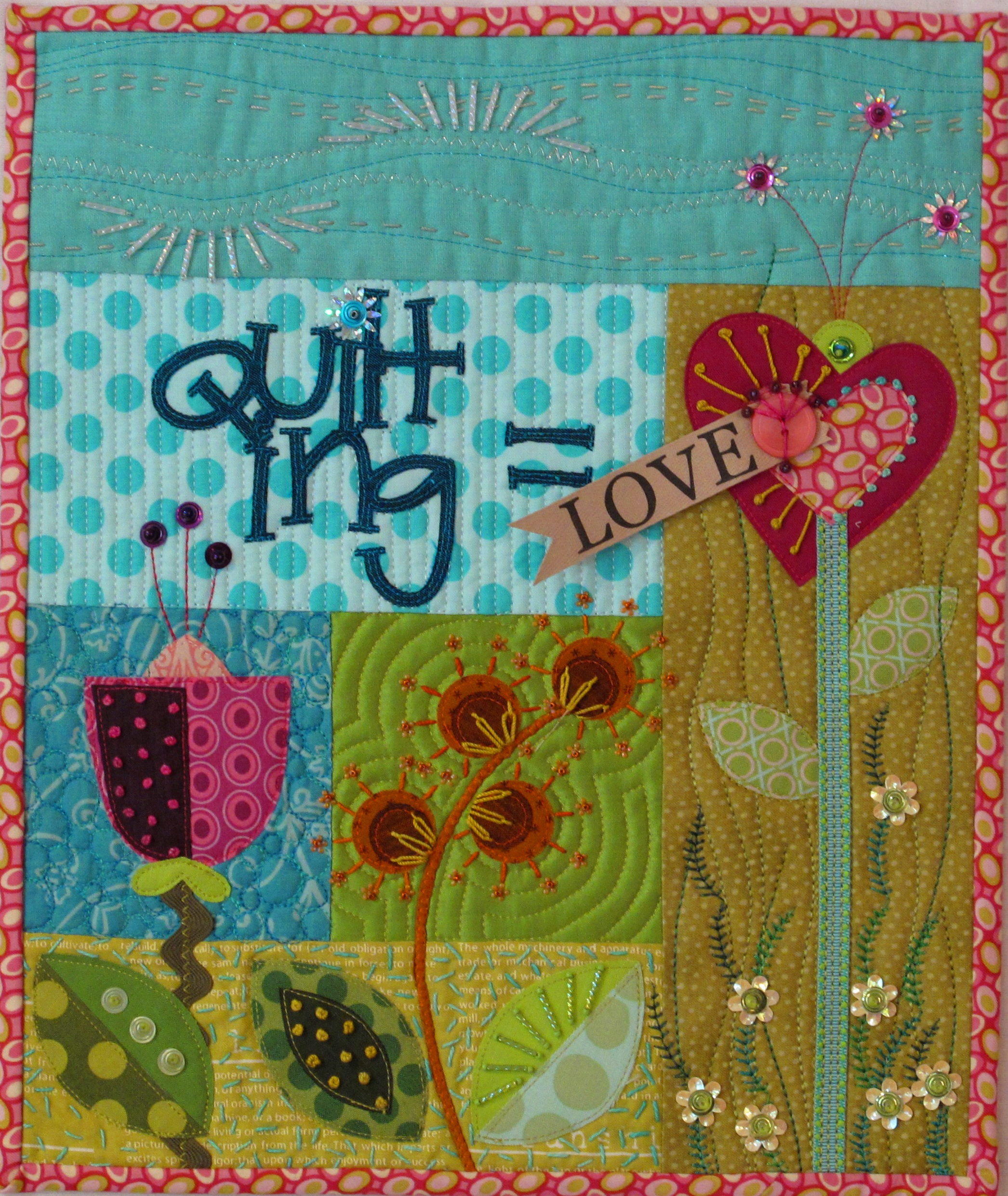
Fabric Fancification, a TQS Classroom Project quilt by Lauren Vlcek (Show 1206 & Show 2207)
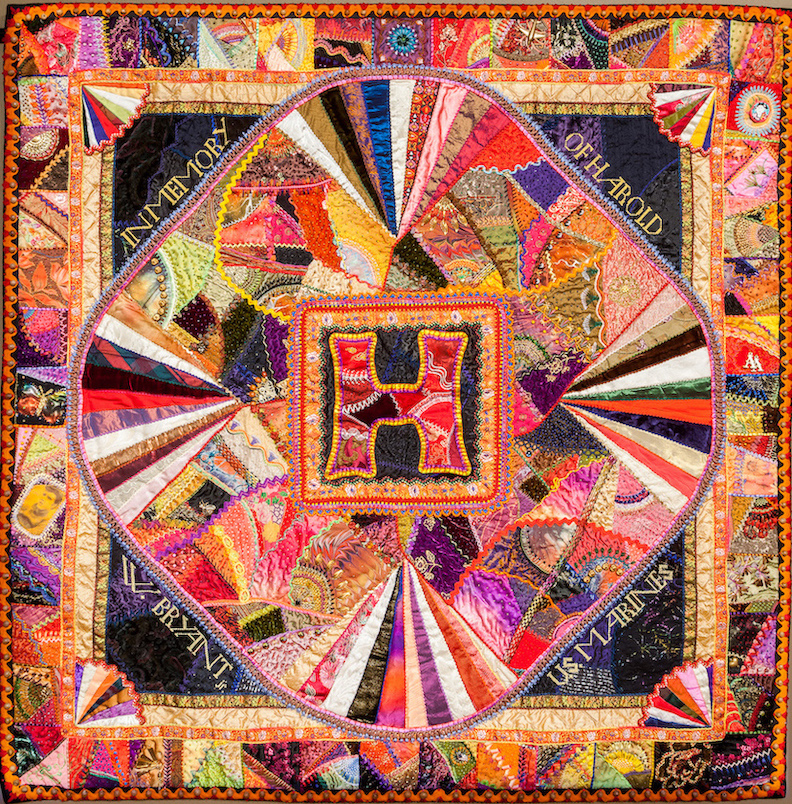
To Uncle Hal With Love by Allie Aller (Show 1906 & Show 2105)
Click here for more topics related to The Art of Quilt Design program.



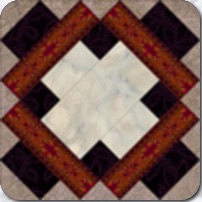
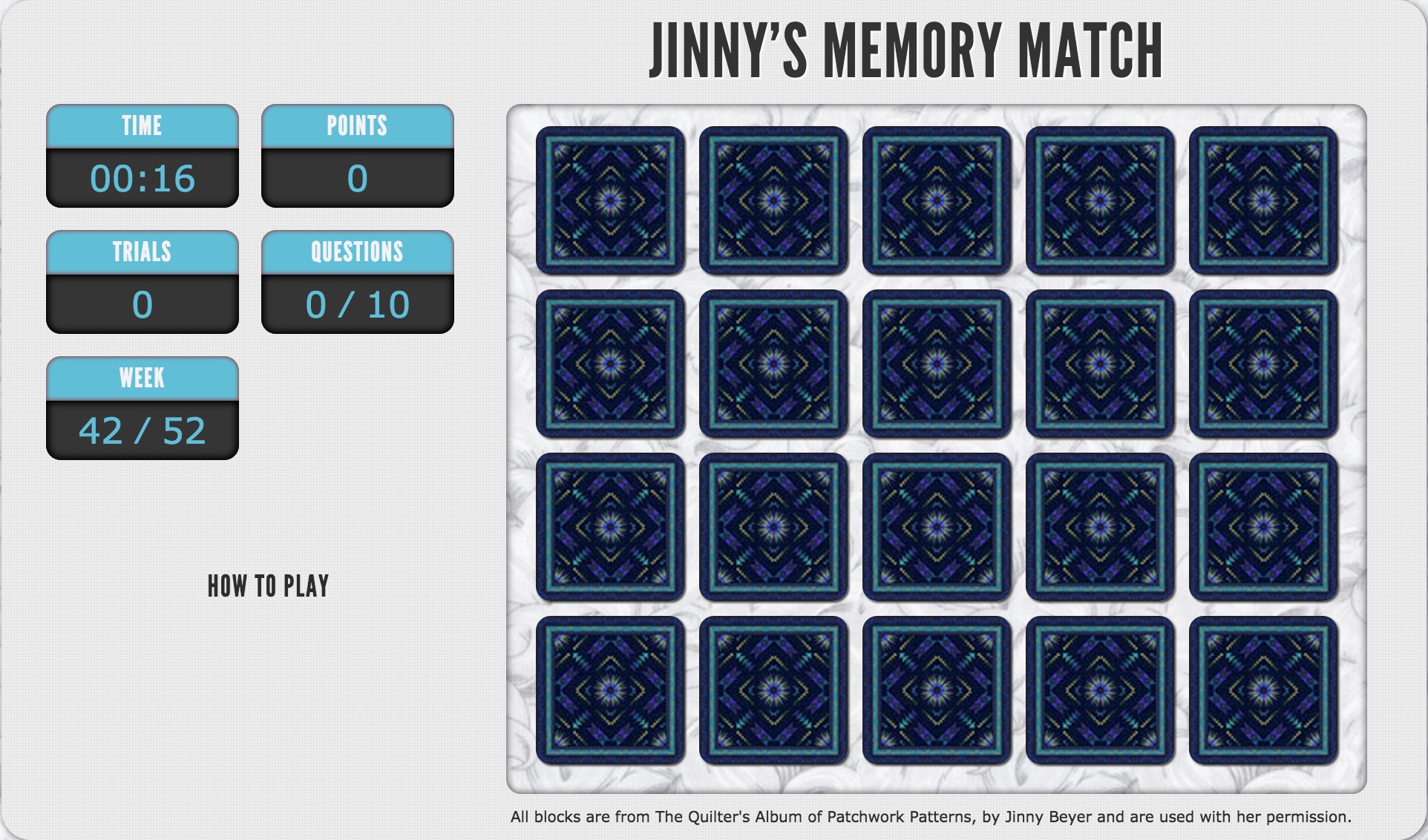

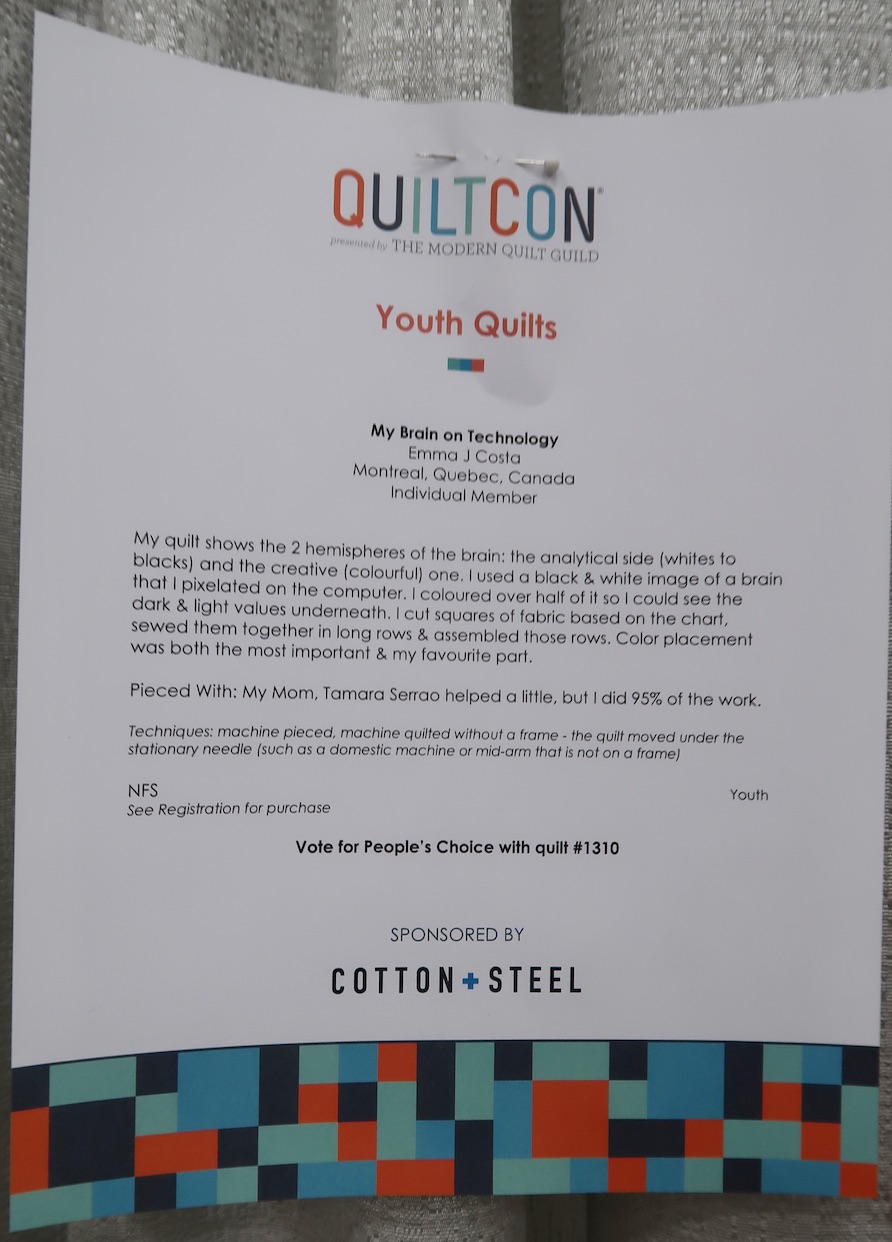
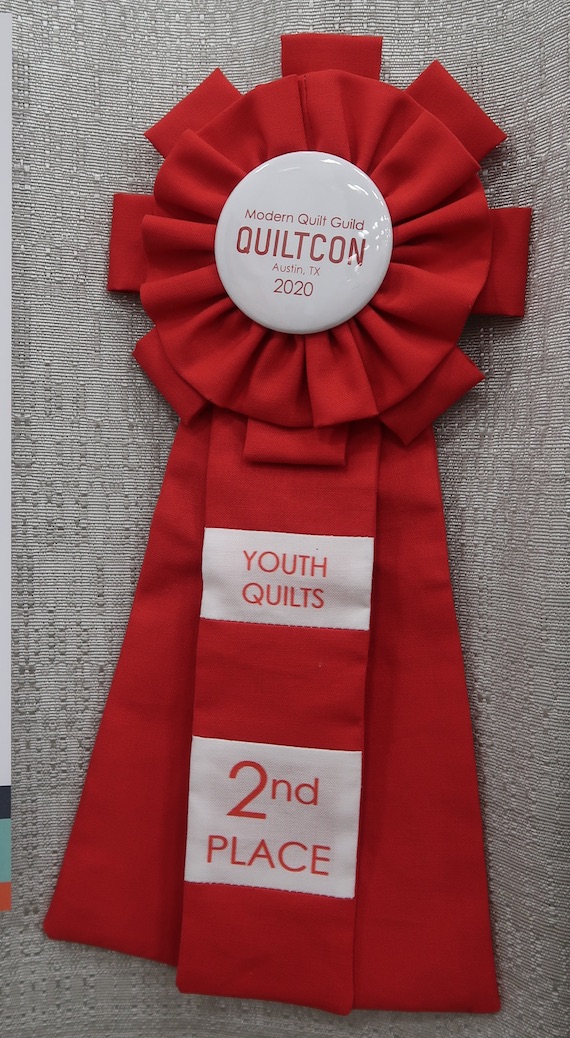
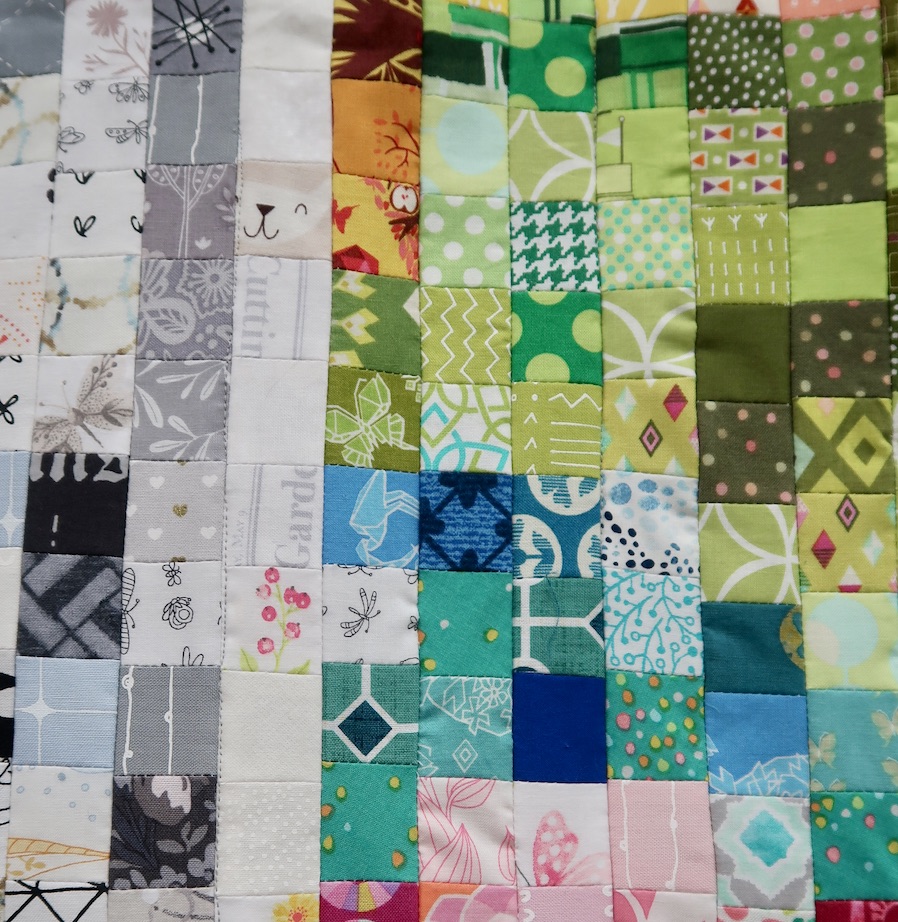
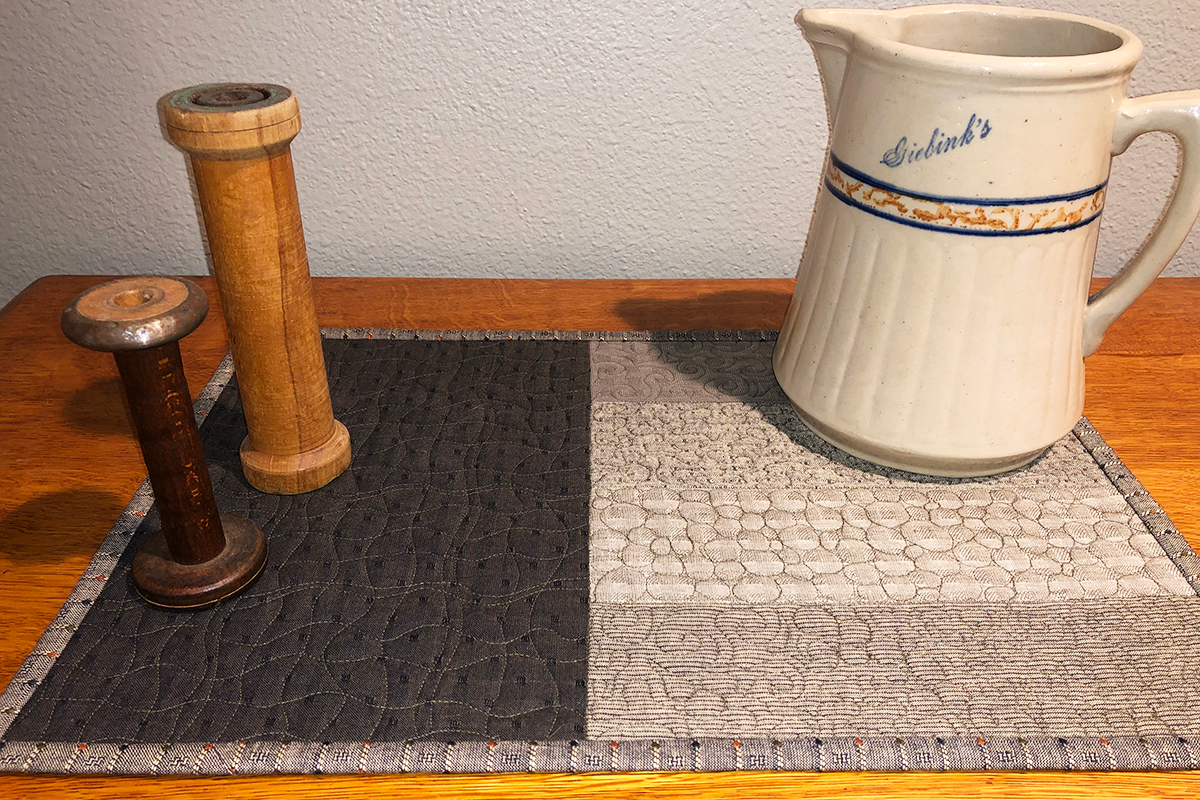
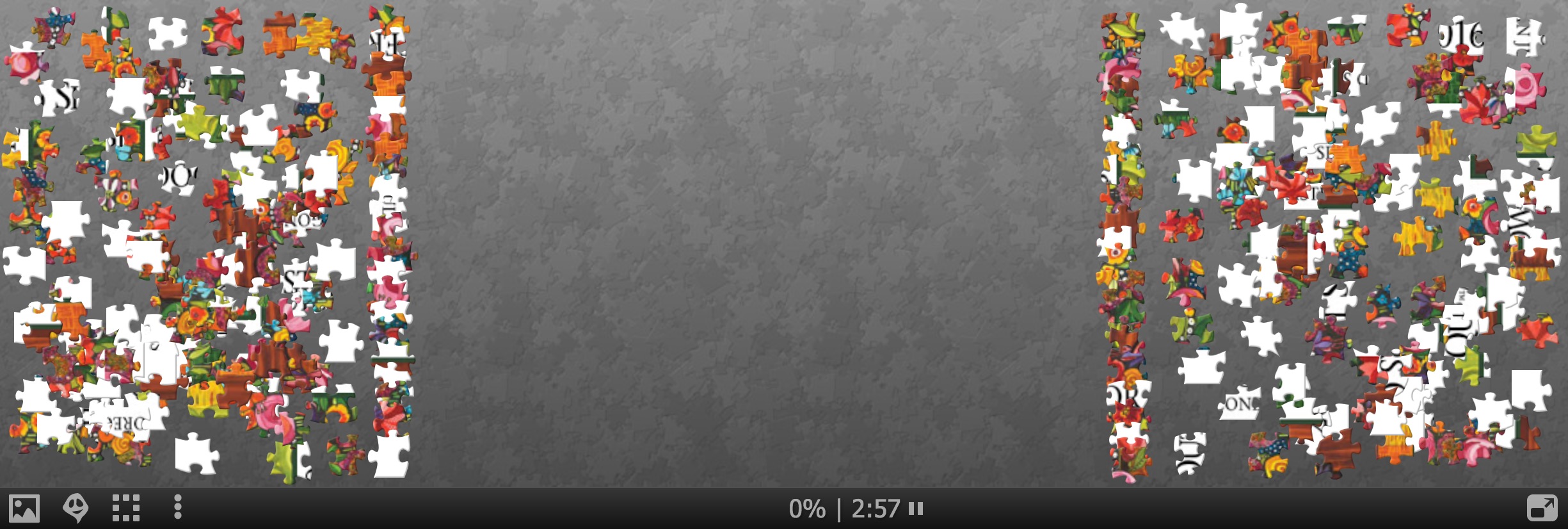


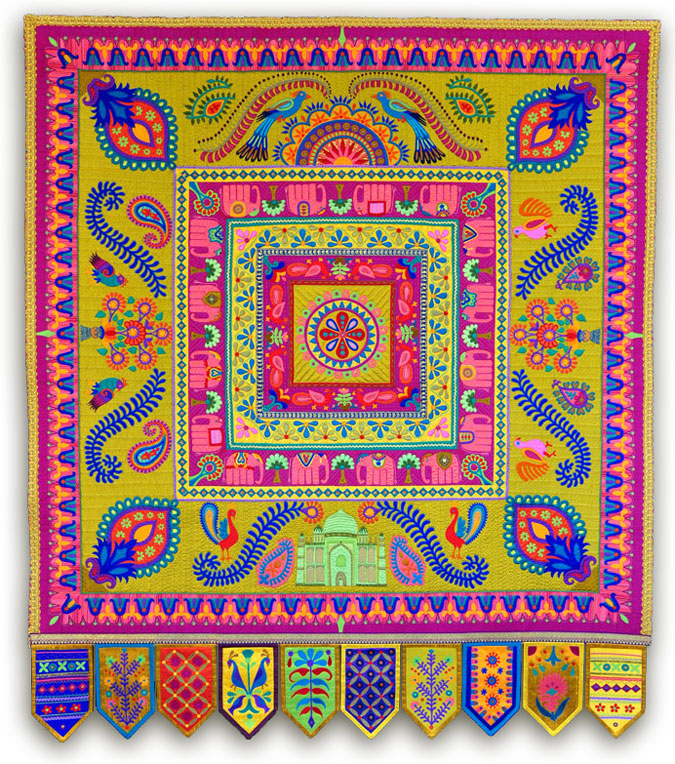











.jpg)


